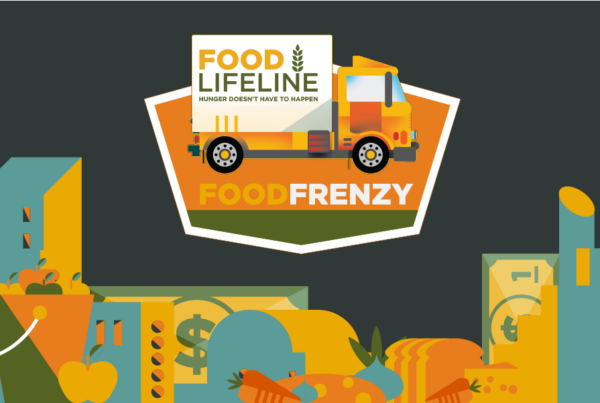We’ve been talking for many years now about the challenges Washington faces in closing the summer meal gap and meeting the needs of kids who rely on free or reduced school meals during the school year. Well, this year we have some good news! The Food Research and Action Center’s (FRAC) latest Hunger Doesn’t Take a Vacation report shows that Washington state improved by every measure for kids taking advantage of summer meal sites.
The main way we think about success for summer meals is to look at the average number of children participating in summer meals on a daily basis and compare with the number of students participating in free or reduced school lunch. This is called the ‘average daily participation’ (ADP) rate, and the higher it is, the closer we are to ensuring that kids are getting the food they need during the summer. The actual reported number tells us, out of every 100 kids participating in school lunch, how many are getting meals during summer. If we compare the ADP rate for summer meals in 2014 and 2015, Washington increased from 11.3 to 14.0, telling us that for every 100 kids getting school lunch there were 3 more getting summer meals. This moved us up from a ranking of 37th to 32nd among all states, plus D.C.
We also had more sites in 2015, increasing from 369 to 429, or 16.4% and these sites fed more kids overall than in 2014. There was an absolute increase of 27% in the number of kids getting summer meals – up from 38,519 to 48,959.
New Mexico is the highest performing state, with an ADP ratio of 35.4, while Oklahoma is the lowest at 6.4. The nationwide ADP ratio is 15.8, just a little better than we’re doing here. Seems pretty low that the best programs are still only reaching 1/3 of the students who get meals during the school year, huh? We agree. And while these improvements in Washington are definitely a step in the right direction, we know there is a lot of work to be done. Ranking 32nd in feeding our kids during the summer time isn’t exactly something to be proud of.
Many of the reasons summer participation remains low across the board are the purely logistical and administrative challenges of operating the program. With Child Nutrition Reauthorization in front of Congress right now, this provides the opportunity to streamline the administration and requirements for the program, making it easier for community organizations to provide more meals during the summer. Our summaries of the Senate and House bills lay out the legislation that each chamber has put forward. The Senate bill clearly does a better job addressing summer meal challenges, with the House bill failing to truly address any of the important barriers. But neither does a great job at making those changes soon, while kids are hungry.
We’ll keep pushing for a Child Nutrition bill that makes these important changes, and want you to join us! Sign up for Advocacy Alerts to get the latest as legislation moves forward. You also support Food Lifeline’s efforts through our Summer Hunger campaign where each dollar donated is matched by Whole Foods Market.





